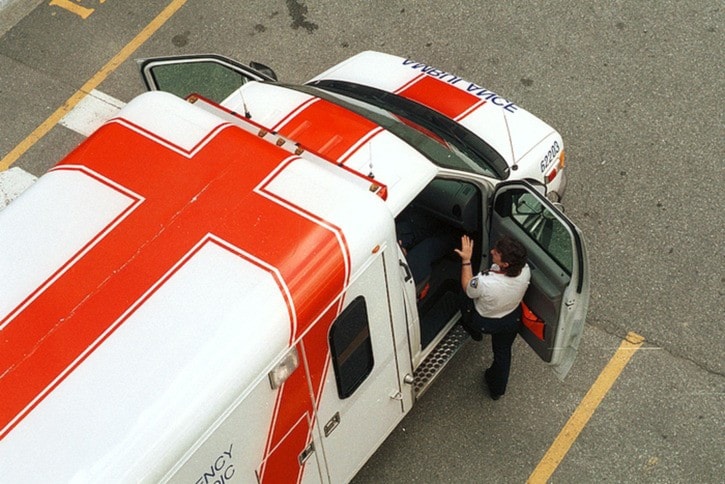Paramedics working in small town B.C. often have a good handle on their patients - faces are familiar and health histories are generally known by the medical lifesaver who arrives with an ambulance, sometimes repeatedly to the same home.
So the Community Paramedicine Initiative - a B.C. program that expands the role of paramedics to provide basic healthcare services in home - simply makes good sense.
Especially in the rural West Kootenay where chronically ill people can struggle to get to their local clinic or the Trail hospital for preventative measures like a blood pressure reading, medication assessment or diabetic care.
Rossland, Fruitvale, Salmo and Winlaw are the four local districts where the paramedicine program will roll out - a community paramedic has been hired for each of those areas and will begin his/her training this month.
“It’s something we, the paramedics of B.C., have been pushing for … and it’s one I’ve been advocating for, for at least the last seven years,” says Bronwyn Barter, president, Ambulance Paramedics of BC (CUPE 873). “We’ve been talking about it and fighting for this at the UBCM (Union of B.C. Municipalities), and it’s something I always advocated for because I was from here. I’ve talked with a lot of mayors and a lot of mayors went out and advocated for the program.”
The province launched the initiative in the northern communities of Chetwynd, Fort St. James and Hazelton three years ago. Since then, the Ministry of Health has committed community paramedicine to 72 rural and remote communities including the four local municipalities.
“The government came back and said, ‘This is a great idea,’” said Barter. “What it does, is it takes the paramedic back into people’s homes to do a lot of proactive and preventive work, basically providing a service instead of the patient having to travel long distances.”
And, it’s case by case care - one-size doesn’t fit all.
Each municipality has its own unique needs for the community paramedic to address, says Barter.
“Just for example, a community might have a lot of diabetics,” she explained. “They have to be transferred back and forth long distances to do certain things to assist them with their diabetes. What we can do is train the community paramedic to get the special skills they need, instead of those people having to travel long distances … like Kelowna or in the West Kootenay, for example, having to go to Trail,” she added.
“It’s really good for our seniors and for patients that need ongoing care.”
Under the program, paramedics will provide basic health-care services within their scope of practice, in partnership with local health-care providers. The enhanced role is not intended to replace care provided by health professionals such as nurses, but rather to complement and support that work in non-urgent settings like patient’s home or in the community.
Services provided may include checking blood pressure, assisting with diabetic care, helping to identify fall hazards, medication assessment, post-injury or illness evaluation, and assisting with respiratory conditions.
In addition to benefiting patients, the program helps sustain the presence of paramedics in rural and remote B.C. communities - full time positions are limited so it can be difficult to attract and retain trained professionals with only part time or on call positions available.
“The local people hired are really excited for training and to get out in the community,” said Barter, herself a longtime Trail paramedic and now Nelson’s Paramedic Chief. “We struggle with part timers, so we’ve created these full time (or .8) positions so now we have someone with a constant wage, benefits and a schedule,” she shared.
“It is good for the community and good for the paramedics.”
The Community Paramedicine Initiative was introduced by BC Emergency Health Services (BCEHS) in May 2015.
BCEHS has been coordinating the implementation of community paramedicine in British Columbia, with the Ministry of Health, the province’s health authorities, and the Ambulance Paramedics of BC (CUPE 873).
